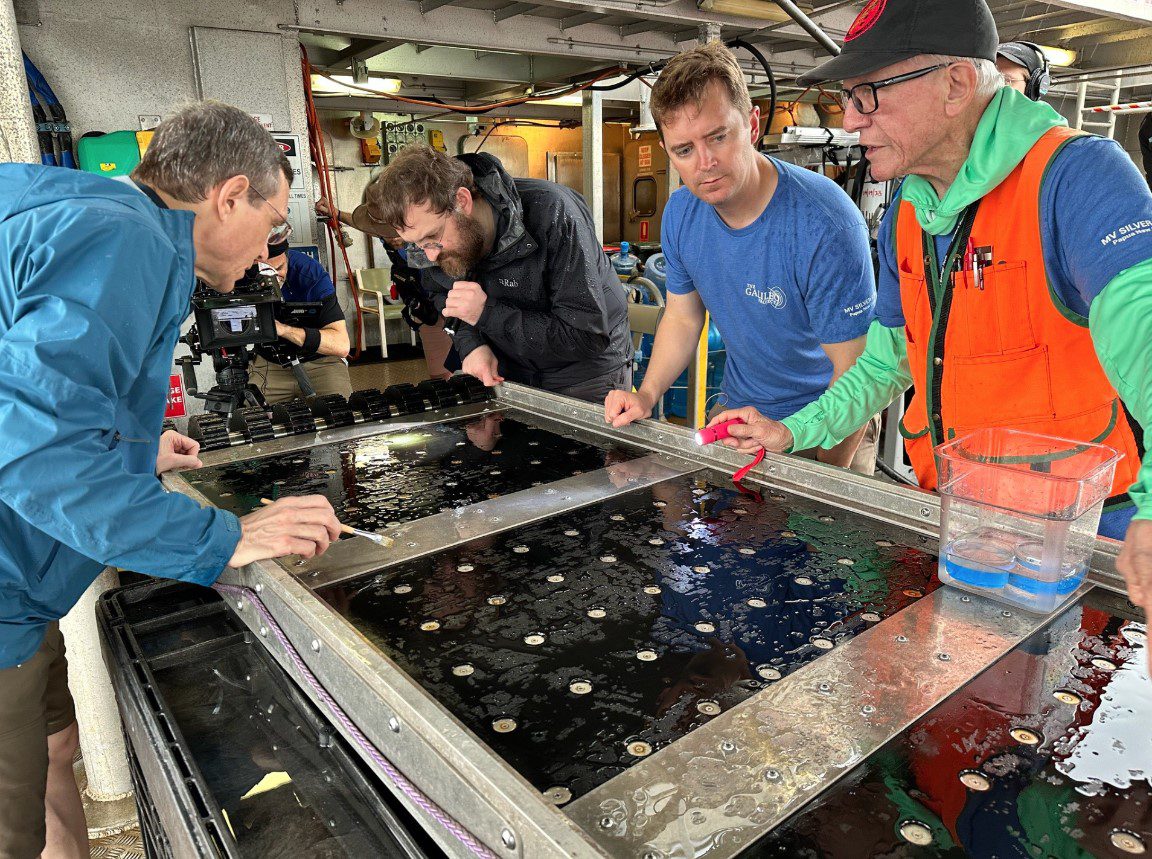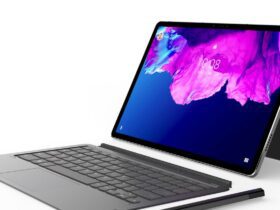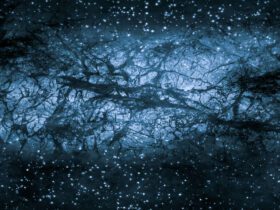The academic circles are in a heated debate surrounding the fascinating claims put forward by Prof. Avi Loeb. Backed by cryptocurrency pioneer Charles Hoskinson, the Israeli native and renowned Harvard professor believes that an exploded meteor off the coast of Papua New Guinea could be the first ever interstellar object discovered by humanity.
A Revolutionary Mission: The Interstellar Meteor Hunt
In the heart of summer, Prof. Avi Loeb embarked on an unconventional adventure. His quest led him to the serene Manus Island of Papua New Guinea, where he diligently spent two weeks from June 14 to June 28.
The objective? To analyze spherules, essentially tiny metallic orbs, retrieved from the ocean floor. Prof. Loeb proposed an intriguing theory that these particles might originate from the first interstellar object ever detected by humankind – a meteor that burst above Papua New Guinea’s skies on January 8, 2014. Adding to the mystery, he suggested that this meteor might symbolize extraterrestrial technology.
Pioneering Discovery: Unveiling Interstellar Material
“The first step is to determine if the material’s identity deviates from the known solar system material,” Prof. Loeb shared during a conversation with The Times of Israel. “This would mark the first instance of humans touching material from a significant object originating outside the solar system, which in itself is an astounding discovery.”
His curious mind then wonders whether this material could be technological in origin, perhaps droplets melted from a semiconductor or an electrical circuit.
A Maverick Vision: Alien Technology in Our Midst?
Prof. Loeb is no newcomer to making audacious statements. His previous assertion involved ‘Oumuamua, a peculiar pancake-shaped object detected passing through the solar system in 2017. He proposed that this entity, too, might be interstellar and potentially a fragment of alien technology.
“Discovering a counterpart in interstellar space would profoundly alter humanity’s future,” Loeb emphasized. “It would revolutionize our space aspirations, change how we treat each other and potentially bring about the most significant societal impact that science can offer.”
Scrutinizing the Alien Particles: The Method to the Madness
During the interview, Loeb, in his signature approachable manner, drew a comparison between the spherules and Russian matryoshka dolls, as some housed smaller spherules within the larger ones. His confidence in finding more was buoyed by the analogy of discovering ants in a kitchen – spotting one suggests the presence of many others.
Loeb first learned about the 2014 meteor five years post its explosion, in 2019. His research assistant, then a Harvard student, Amir Siraj, located it in an online catalog of 273 meteors from NASA’s Center for Near-Earth Object Studies (CNEOS). The meteor stood out due to its unusual properties.
“This meteor exhibited a speed too high to be gravitationally bound to the sun,” Loeb mentioned. “We extrapolated its speed outside the solar system. It seemed not to be bound, moving at 60 km/s relative to the Milky Way… 60 km/s indicates that it’s faster than 95% of all stars in the sun’s vicinity.”
Further analysis suggested that the object could withstand more stress than any other meteor listed in the catalog, which hinted at the intriguing possibility of the object being an extraterrestrial spacecraft manufactured from an alloy tougher than iron meteors.
Overcoming Skepticism: The Pursuit of Truth
In 2022, the US Space Command echoed Loeb’s claim with 99.999% certainty that the meteor was interstellar. This gave him the impetus to assemble a team to explore the seabed off Papua New Guinea for meteor remnants.
Equipped with state-of-the-art technology and backed by Charles Hoskinson’s unexpected contribution of $1.5 million, the team set forth on a challenging mission aboard the aptly named Silver Star. The vessel came equipped with a sled, rigged with molybdenum magnets, to scout for metallic particles on the seabed.
Prof. Loeb expressed his appreciation for the team of engineers. “The task of finding these minuscule droplets across a 10 square kilometers region, provided by the Department of Defense as the fireball’s location, was a massive challenge,” he acknowledged.
A Scientific Breakthrough: Discovering Spherules
After six relentless days, the team experienced a breakthrough. They spotted a spherule under a microscope after filtering out volcanic ash. This discovery was a turning point in their mission, and they went on to find around 360 such spherules.
These spherules will undergo further analysis at Harvard, the University of California at Berkeley, and the Bruker Corporation in Germany. Researchers will utilize several factors such as half-life to date the age of the material and distinguish it from the solar system material.
Yet, the journey ahead is filled with skepticism and questions from various sources. However, Prof. Loeb continues his quest, confidently addressing concerns and paving the way towards a potential breakthrough in our understanding of the universe.












Leave a Reply